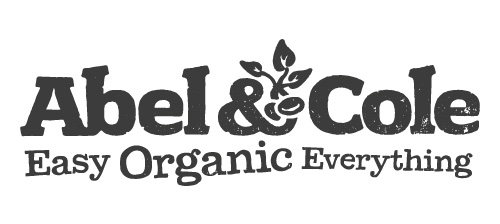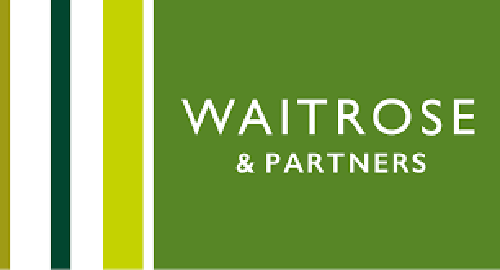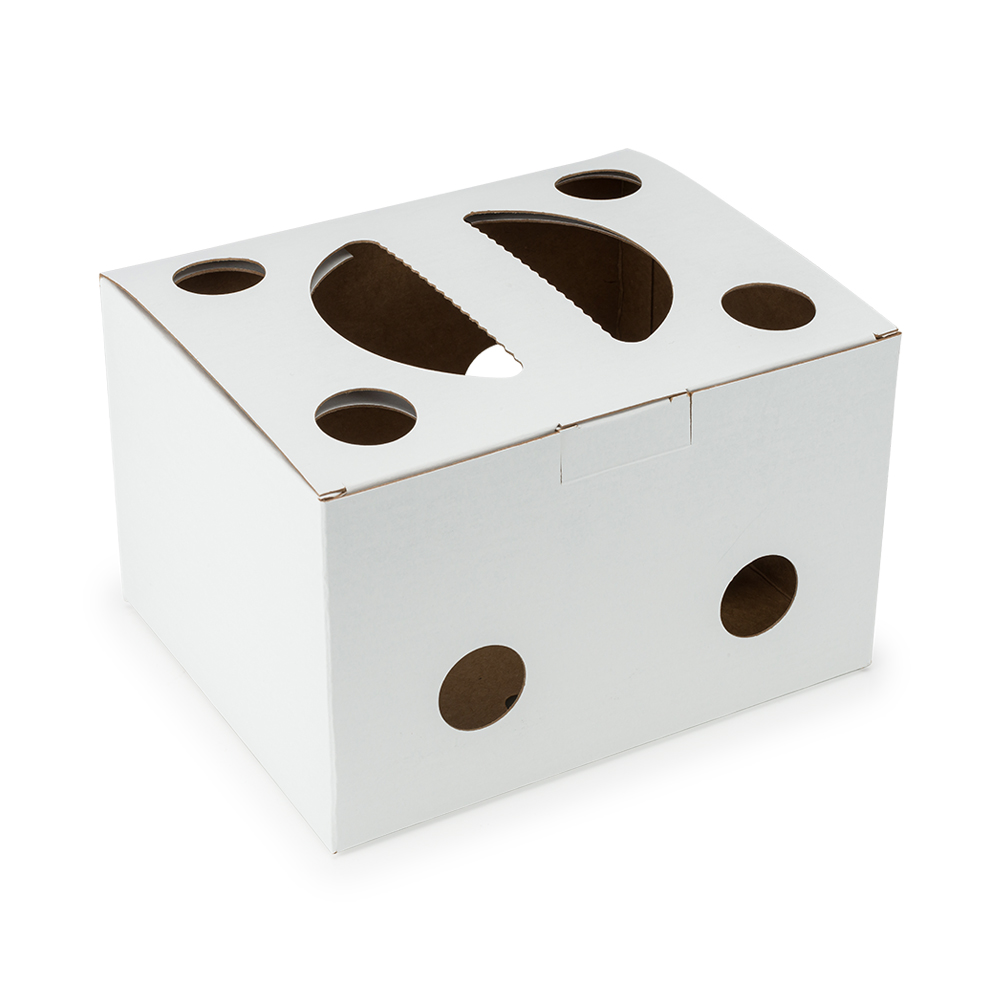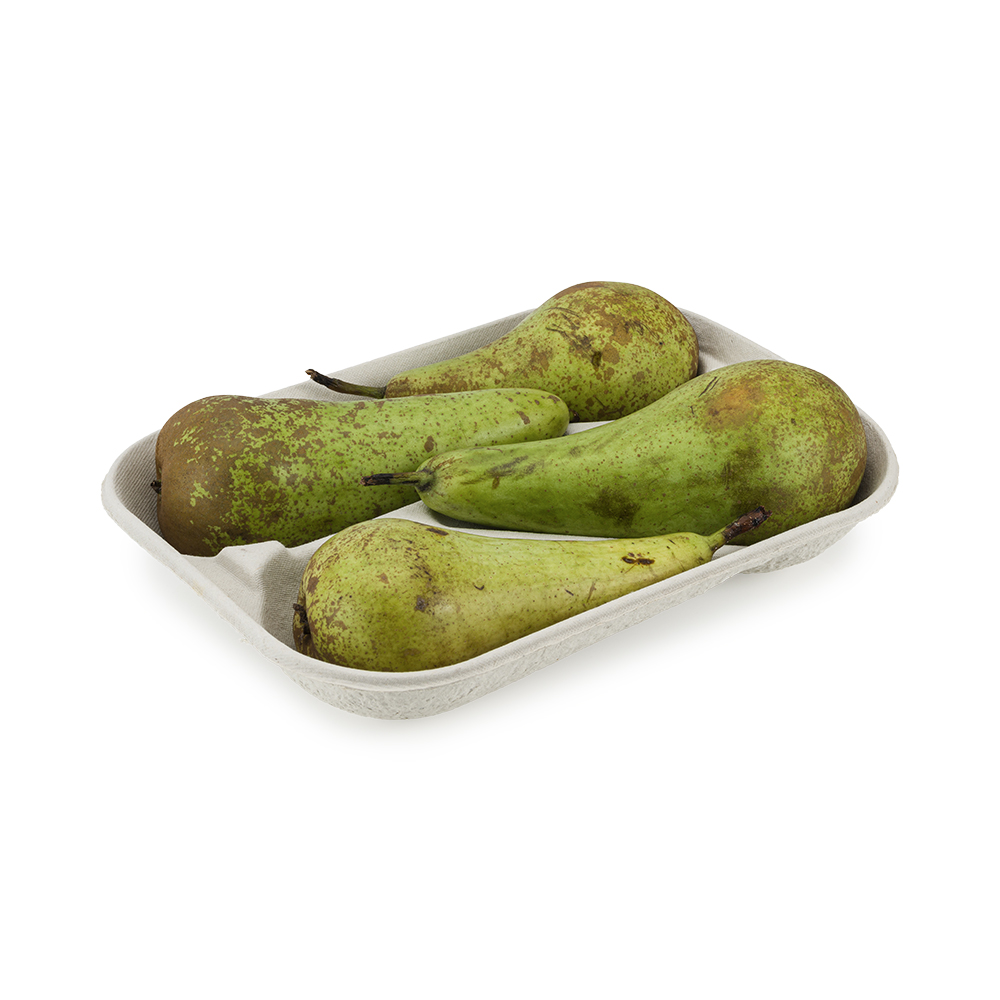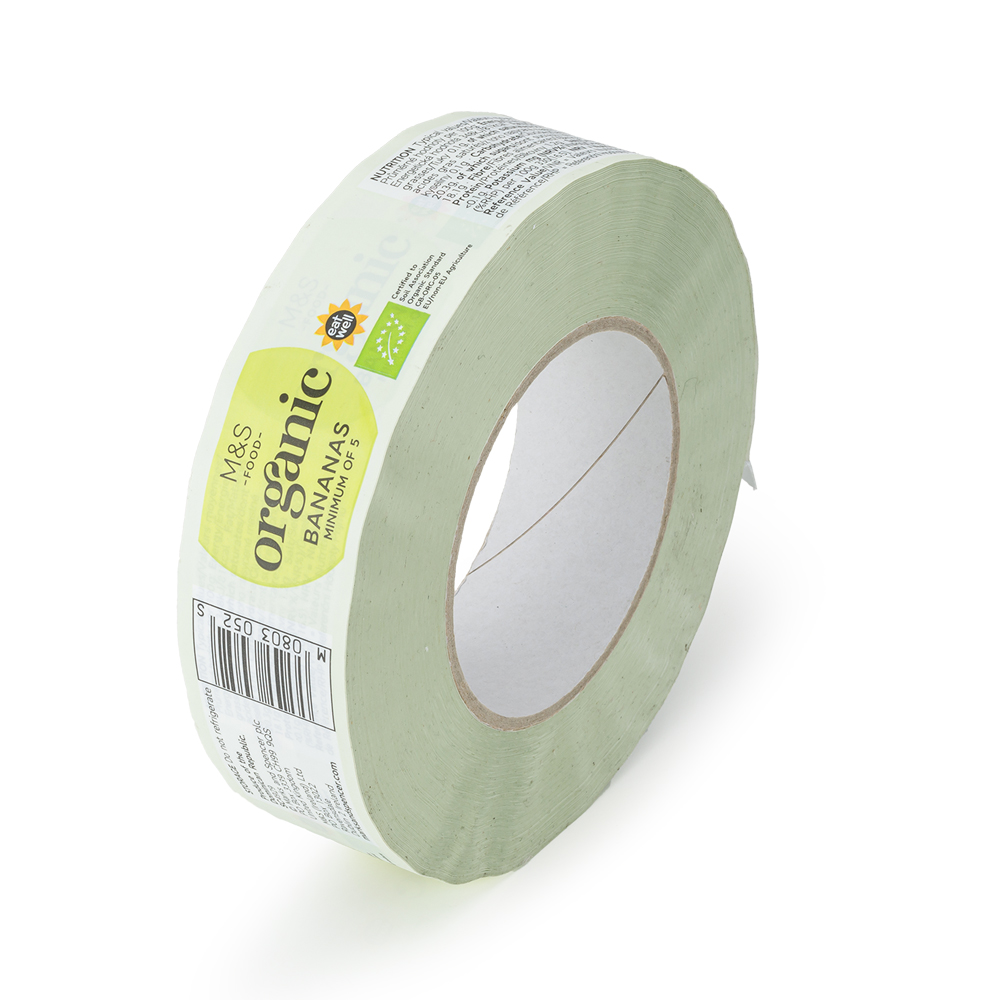In the UK, various symbols are used to indicate the environmental characteristics of certain products and packaging. ‘Recycle’ and ‘Rinse | Recycle’ symbols are commonly shown on items that are widely processed for recycling. Some products may also often show nominations of ‘recycle’ and ‘don’t recycle’ icons indicating that certain parts of the item can be recycled with other part will need to be removed and processed separately.
Various other symbols and icons are used with varying meanings. ‘The green dot’ symbol, can often be misinterpreted, as it only signifies that the producer has made contributions to recycling efforts. The symbol does not actually necessarily correlate with any recyclable properties of the item itself. Similarly, the icons known as the ‘mobs loop’ only signifies that the item in question is able to potentially be recycled. Recyclable plastics, however, are often more clearly marked through being assigned a number as part of the ‘resin identification code’. Numbers from 1-7 are assigned to different plastics in accordance with their specific recyclable properties. Paper and cardboard items will often show the ‘recycle’ or ‘Rinse | Recycle’ icons. In addition, such products may also show the Forest Stewardship Council (FSC) logo where they have been sourced from forest that adhere to the FSC’s standards.
Products recognised as being industrially compostable to EN 13432/14955 standards will often show a ‘seedling’ logo. Many items will also show a ‘home composting’ logo which signifies the products can be composted under more natural, non-industrial processes.
More generic terms on various forms of packaging, such as ‘eco-friendly’, can often be misleading for consumers due to specific ways products may need to be processed at the end-of-life stage to ensure their green credentials are realised.
